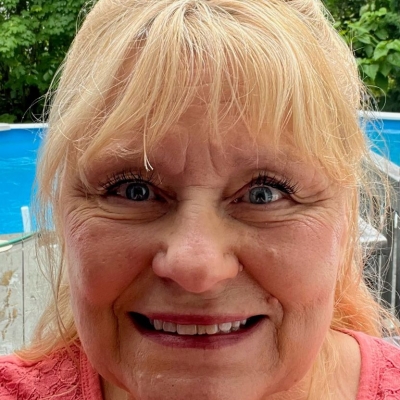Leadership
Wednesday, August 21, 2019 Joseph Coniglio
Is leadership a trait we’re born with or is it one we learn? My opinion, a little of both. I have had the distinct pleasure of working with and learning from some of the best leaders this country has developed. I have found leadership to come in many forms; from those who speak a lot, those who lead from the front, those who are of few words, those who lead from the middle, leaders who use praise and those who use punishment. Many of these folks that I am speaking of were during my time in the military. In fact one of the greatest leaders I know is my wife Amanda, and I’m not just saying that because she’s my wife! Her style is that of a quiet leader, who leads by example, doing most of the heavy lifting on projects or tasks.
Outside of the military, I am blessed to be in a company, OSEA, that is full of great leaders. My parents, John and Gina, have created this company almost 30 years ago and developed it into what it is today. The most astonishing fact about our company, that I know is a testament to their leadership, is the fact that most of our employees have been here more than 15 years. In a world where people find greener grass in their employment every 1 to 3 years, this is an amazing feat and again one that I believe is rooted in our leadership.
Polls show that people leave their current employment for three main reasons, in this order; 1. Poor management, 2. Disliked coworkers, 3. Financial reasons. Notice how I use the word “management.” I can tell you from my experience that management and leadership are not the same thing. A lot of managers are simply not leaders and some leaders are not good at management, but most develop the skill of management. Let’s discuss leadership in safety quickly. There are several unsung hearos in the safety world. One story about a safety leader that is just pure inspiration is that of a new CEO of a company called Alcoa. The article below, originally from The New York Times, demonstrates true leadership in safety and business:
...
On a blustery October day in 1987, a herd of prominent Wall Street investors and stock analysts gathered in the ballroom of a posh Manhattan hotel. They were there to meet the new CEO of the Aluminum Company of America — or Alcoa, as it was known — a corporation that, for nearly a century, had manufactured everything from the foil that wraps Hershey’s Kisses and the metal in Coca Cola cans to the bolts that hold satellites together.
A few minutes before noon, the new chief executive, Paul O’Neill, took the stage. He looked dignified, solid, confident. Like a chief executive.
Then he opened his mouth.
“I want to talk to you about worker safety,” he said. “Every year, numerous Alcoa workers are injured so badly that they miss a day of work.
“I intend to make Alcoa the safest company in America. I intend to go for zero injuries.”
The audience was confused. Usually, new CEOs talked about profit margins, new markets and ‘synergy’ or ‘co-opetition.’ But O’Neill hadn’t said anything about profits. He didn’t mention any business buzzwords.
Eventually, someone raised a hand and asked about inventories in the aerospace division. Another asked about the company’s capital ratios.
“I’m not certain you heard me,” O’Neill said. “If you want to understand how Alcoa is doing, you need to look at our workplace safety figures.” Profits, he said, didn’t matter as much as safety.
The investors in the room almost stampeded out the doors when the presentation ended. One jogged to the lobby, found a pay phone, and called his 20 largest clients.
“I said, ‘The board put a crazy hippie in charge and he’s going to kill the company,’” that investor told me. “I ordered them to sell their stock immediately, before everyone else in the room started calling their clients and telling them the same thing.
“It was literally the worst piece of advice I gave in my entire career,” he said.
Within a year of O’Neill’s speech, Alcoa’s profits would hit a record high. By the time O’Neill retired in 2000 to become Treasury Secretary, the company’s annual net income was five times larger than before he arrived, and its market capitalization had risen by $27 billion. Someone who invested a million dollars in Alcoa on the day O’Neill was hired would have earned another million dollars in dividends while he headed the company, and the value of their stock would be five times bigger when he left.
Charles Duhigg is a reporter for The New York Times, based in New York, and the author of the book, The Power of Habit: Why We Do What We Do in Life and Business, on sale now.
Sources:




.jpg)